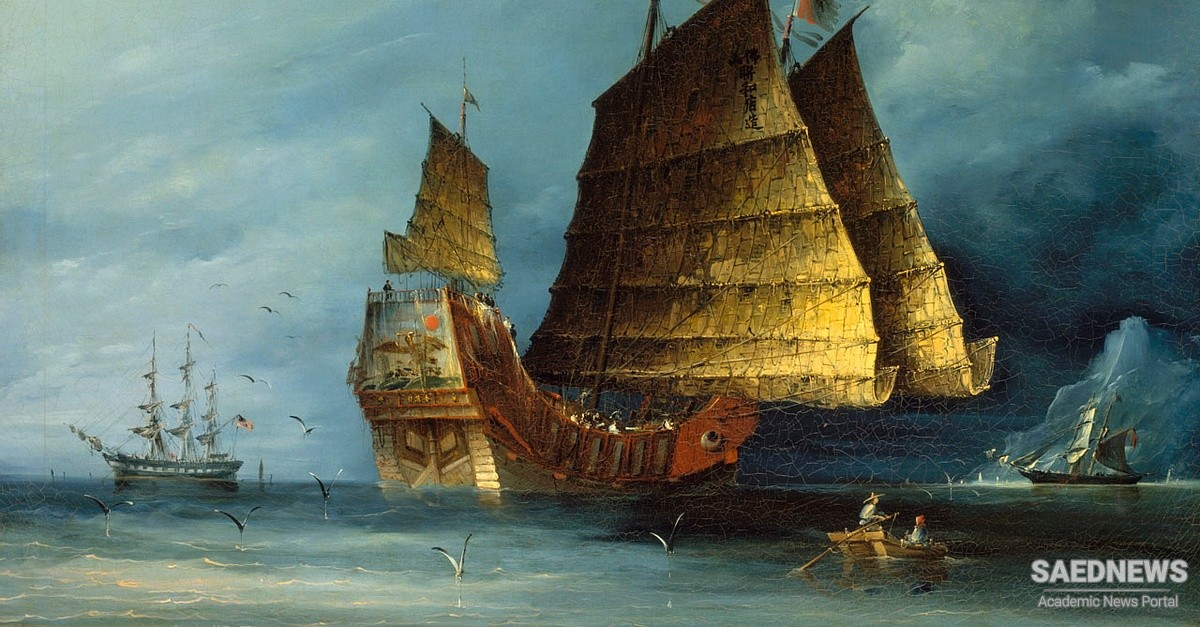SATASPES, Greek rendering of the name OIran. (non-Persian) *Satāspa- “having hundred (or better: hundreds of) horses,” as it is also reflected in Assyr. Šatašpa, Elam. Šá-ad-da-áš/iš-ba, Šá-da-áš-ba (Hallock, p. 752), and later is attested in Sogd. stʾsp /Satāsp/ (cf. Schmitt, pp. 320 f.). Sataspes was an Achaemenid, the son of a certain Teaspis (Herodotus, 4.43.1) and from his mother’s side a nephew of King Darius I (r. 522-486 BCE). He had deflowered forcibly a daughter of Zōpyrus (4.43.2) but was pardoned by Xerxes I (r. 486-465) at the request of his mother, a sister of Darius. She requested, however, that as atonement he should sail around Libya, that is, Africa (4.43.2 f.), until he came back to the Arabian Gulf (that is, the Red Sea). When the long voyage, that took him and his Egyptian crew from Egypt through the Straits of Gibraltar (the so-called Pillars of Heracles) into the Atlantic Ocean and far southwards, came to no end even after a couple of months, he turned back to his starting-point in Egypt (4.43.3-5). Having not fulfilled his task, in the end he was impaled all the same on Xerxes’ orders (4.43.6), who wrongly did not believe what Sataspes said to him to justify his turning back.
This Herodotean narration, for which the historian appealed to the Carthaginians and to a Samian as his witnesses, certainly is based on historical facts, although this often has been denied for various reasons (see, e.g., Hennig); but it remains to be seen to what extent the details are in accordance with the truth. Also the exact date of that expedition (possibly in the second half of Xerxes’ reign), which in a way may be seen as continuing similar undertakings sponsored by Darius (Source: Encyclopedia Iranica).


 Barbad and Science of Music in Ancient Persia
Barbad and Science of Music in Ancient Persia














































